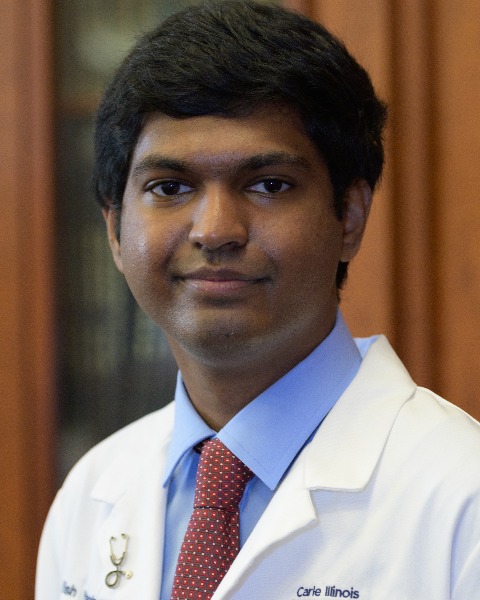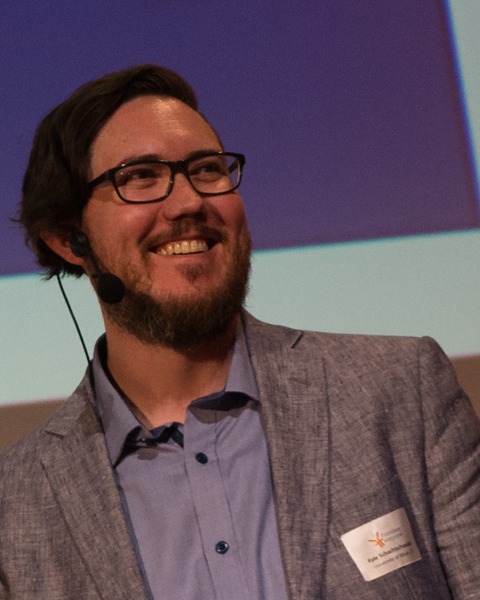SIR 2025
Interventional Oncology
Scientific Session
Transcriptional Analysis in a Novel Porcine Model Validates Similarity with Aggressive Subtypes of Human Hepatocellular Carcinoma

Vishwaarth Vijayakumar (he/him/his)
Medical Student
Carle Illinois College of Medicine, University of Illinois Urbana-Champaign, United States- OD
Olayinka G. David, PhD
Postdoctoral Research Associate
University of Illinois at Chicago, United States - CC
Caitlyn C. Castillo, BS
Research specialist
University of Illinois at Chicago, United States 
Kyle M. Schachtschneider, PhD (he/him/his)
Vice President of R&D, Services
Sus Clinicals Inc., United States- RG
Ron C. Gaba, MD, MS
Professor
University of Illinois at Chicago, United States - LE
Lobna Elkhadragy, PhD
Postdoctoral Research Associate
University of Illinois at Chicago, United States
Presenting Author(s)
Author/Co-author(s)
Hepatocellular carcinoma (HCC) is a leading cause of cancer mortality with critical need for novel therapies. Preclinical models that recapitulate the molecular features of human HCC are crucial for evaluating new therapies. As interventional oncology therapies, such as transarterial chemoembolization (TACE), are widely used in HCC management, the demand for large animal models capable of testing these modalities has increased. Pigs are an ideal model due to their similarities to humans in anatomy, physiology, and immune response. We have recently developed novel HCC models by inducing gene alterations in porcine hepatocytes. This study focuses on comparing the transcriptional features of these models to human HCC.
Materials and Methods:
Novel HCC models were generated by CRISPR knockout of tumor suppressor genes (TP53, PTEN, and CDKN2A) with or without oncogene overexpression. Total RNA was extracted from 46 samples comprising HCC cell lines and tumor masses in TRIzol, followed by library construction and sequencing targeting 25 million reads per sample. Reads were trimmed to remove adapter sequences and were mapped to the Sscrofa11.1 genome. MS.liverK package in R was used to predict the molecular subtype classes represented across samples. Differential gene expression and pathway analyses were performed with Deseq2 package in R and Ingenuity Pathway Analysis software respectively.
Results:
RNA sequencing analyses showed that the novel HCC models recapitulated human HCC transcriptionally. Clustering analyses revealed clear distinction between porcine HCC samples and untransformed controls. We identified over a thousand differentially expressed genes across samples, demonstrating that the induced genetic modifications altered the transcriptional landscape and facilitate the transformation into HCC. Pathway analysis revealed that molecular drivers of cellular proliferation and carcinoma are enriched, with the progression of hepatic fibrosis being the most significant pathway activated in the cell lines and subcutaneous mouse tumors, while pig liver tumors are enriched in immune response processes. Subtype prediction showed the pig model is similar to the aggressive Hoshida S1 and S2 subclasses, mimicking features in HCC patients bearing TP53 mutations.
Conclusion:
We successfully profiled the transcriptional characteristics of a novel large animal model of HCC developed by CRISPR induced transformation of porcine hepatocytes. This model effectively recapitulates the transcriptional features of the most aggressive subclass of human HCC.


.jpg)